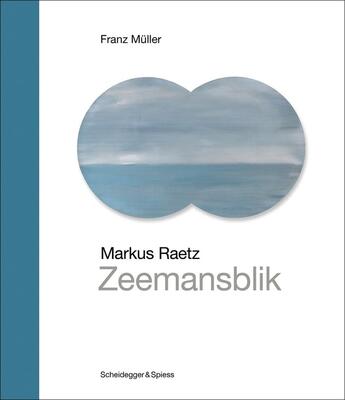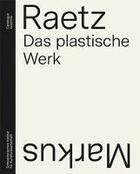-
Date de parution : 01/10/2024
-
Editeur :
Scheidegger
-
EAN : 9783039422425
-
Série :
(-)
-
Support :
Papier
Résumé:
Representing vision is a core theme in the art of Markus Raetz (1941-2020). The imitation of a binocular field of vision, which he chose for Zeemansblik, is as simple as it is convincing. Raetz created some 20 versions of this relief, made of painted and later of polished zinc sheet, in various... Voir plus
Representing vision is a core theme in the art of Markus Raetz (1941-2020). The imitation of a binocular field of vision, which he chose for Zeemansblik, is as simple as it is convincing. Raetz created some 20 versions of this relief, made of painted and later of polished zinc sheet, in various dimensions. The Dutch term zeemansblik (sailor's view) can be translated as a view of the sea, yet blik in Dutch also means sheet metal. Raetz's wordplay refers objectively to the material and at the same time invites an interpretation of the horizontal fold in the plate as a sea horizon. Light reflections on the curved blank material change with the viewer's moving point of view, suggesting changing weather. A simple, abstract object on the wall thus becomes a seascape without painting, with the longing motif of looking into a blue distance.
In this book, art historian Franz Müller explores the complexity behind the apparent simplicity of Markus Raetz's Zeemansblik, highlighting what makes the relief a landmark of Swiss art.
Donner votre avis









